Best Friends Animal Sanctuary – Kanab, Utah
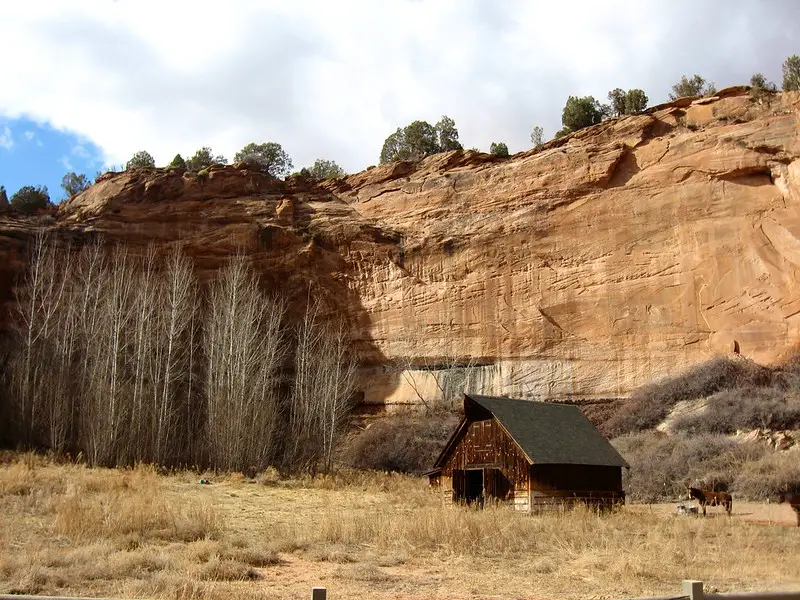
Best Friends Animal Sanctuary in Kanab, Utah, is America’s largest no-kill animal sanctuary, sprawling across 3,700 acres of stunning red rock country. Home to approximately 1,600 animals, including cats, dogs, pigs, horses, birds, and rabbits, the sanctuary offers free daily tours and unique volunteer opportunities. Visitors can even participate in sleepovers with adoptable animals, creating an immersive and educational experience. The sanctuary’s mission focuses on ending the killing of shelter pets by 2025, emphasizing the importance of community involvement in animal welfare.
Best Friends Animal Society, which operates the sanctuary, has been instrumental in reducing the number of animals killed in shelters from an estimated 17 million to 4 million per year. The sanctuary welcomes around 30,000 visitors annually, providing a platform for animal lovers to connect with rescued animals and learn about responsible pet ownership. With its picturesque setting and commitment to animal welfare, Best Friends Animal Sanctuary offers a truly unique and heartwarming experience for visitors of all ages.
The Wild Animal Sanctuary – Keenesburg, Colorado
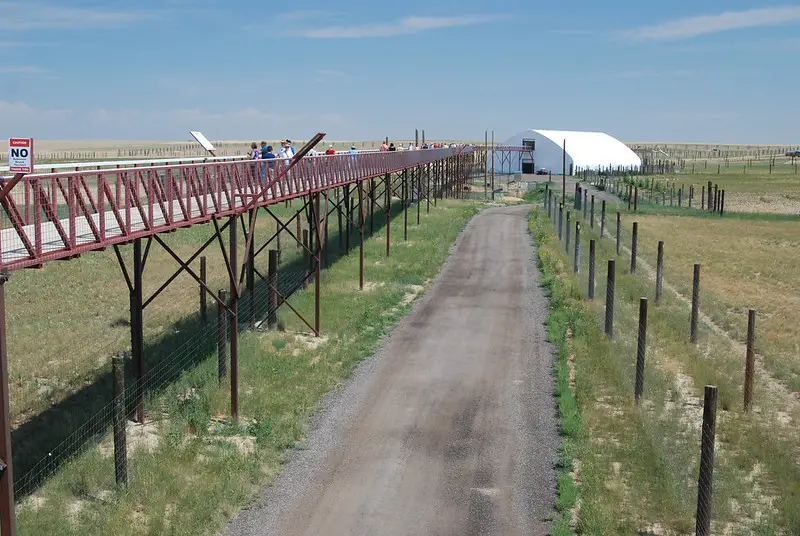
The Wild Animal Sanctuary in Keenesburg, Colorado, is a 33,000-acre haven for over 900 rescued large carnivores, including lions, tigers, and bears. Visitors can observe these magnificent animals from a unique 1.5-mile elevated walkway, providing a bird’s eye view of the sprawling habitats. The sanctuary’s mission focuses on rescuing and rehabilitating animals from illegal or abusive situations while educating the public about the captive wildlife crisis. With over 750 animals currently residing at the main sanctuary, it offers a truly unique experience for visitors, typically lasting two to four hours.
Since its relocation to Keenesburg in 1994, the sanctuary has grown significantly, now encompassing multiple facilities including The Wild Animal Refuge in southern Colorado and The Wild Horse Refuge in Craig, CO. The sanctuary’s innovative approach to animal care and visitor experience has made it a model for ethical wildlife tourism. By providing large, natural habitats for rescued animals and offering educational opportunities for visitors, The Wild Animal Sanctuary plays a crucial role in raising awareness about the importance of wildlife conservation and the ethical treatment of animals.
Chimp Haven – Keithville, Louisiana
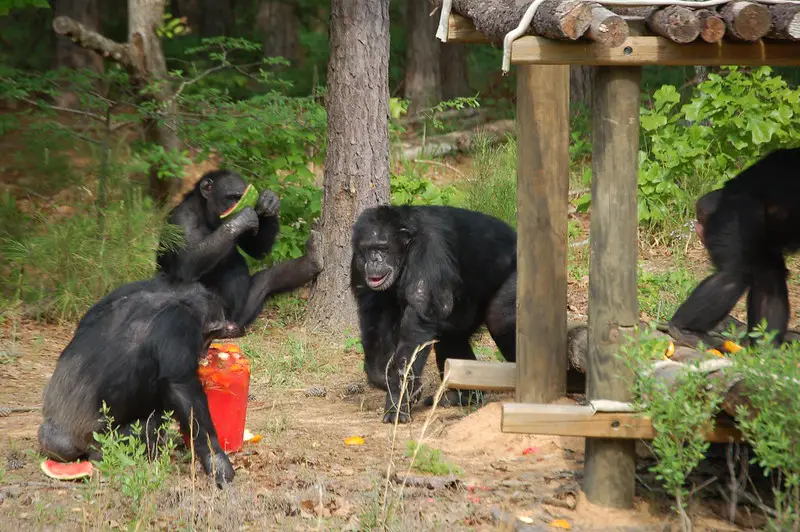
Chimp Haven in Keithville, Louisiana, is a 200-acre sanctuary home to over 300 chimpanzees retired from research facilities. While visitors can’t directly interact with these fascinating primates, they can observe them living their best lives in a natural habitat. The sanctuary offers special Chimpanzee Discovery Days where visitors can tour the facility, watch chimp behavior demonstrations, and even participate in enrichment activities. These events provide a unique opportunity to learn about chimpanzee behavior, social structures, and the challenges of caring for retired research chimps.
Chimp Haven’s mission is to provide a safe, healthy, and enriching environment for chimpanzees retired from research or no longer used in the entertainment industry. The sanctuary’s dedicated staff works tirelessly to ensure each chimp receives individualized care and the opportunity to live in social groups, mimicking their natural habitat as closely as possible. Through its educational programs and public outreach, Chimp Haven plays a vital role in raising awareness about the ethical treatment of primates and the importance of conservation efforts for these intelligent and social animals.
The Elephant Sanctuary – Hohenwald, Tennessee
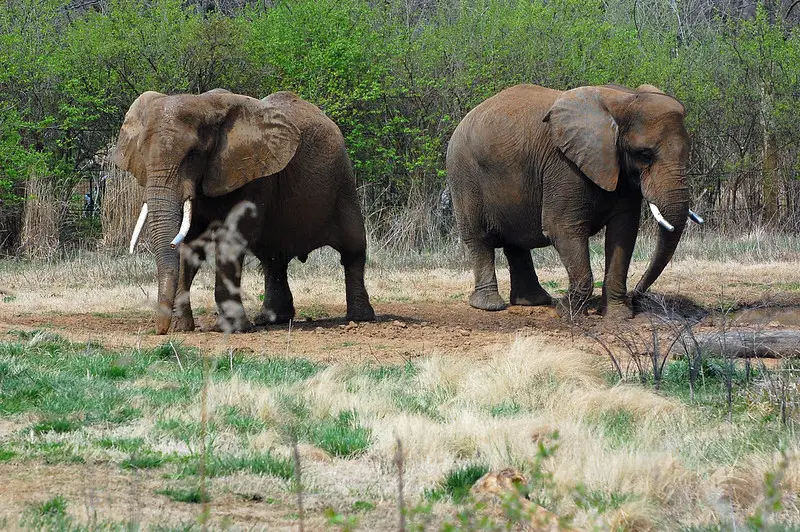
The Elephant Sanctuary in Hohenwald, Tennessee, provides a peaceful retirement for elephants rescued from zoos and circuses. While the sanctuary itself is closed to the public to ensure the elephants’ privacy, visitors can observe these gentle giants through live-streaming “EleCams” at the Elephant Discovery Center in downtown Hohenwald. The center offers interactive exhibits where visitors can learn about elephant communication, explore the complex social structures of elephant herds, and gain insights into the sanctuary’s crucial work in providing these magnificent creatures with the space and freedom they deserve.
The Elephant Sanctuary spans 2,700 acres of natural habitat, allowing retired elephants to roam freely, forage, and socialize as they would in the wild. Since its founding in 1995, the sanctuary has provided a haven for dozens of Asian and African elephants, many of whom have suffered from years of confinement and mistreatment. Through its education and outreach programs, The Elephant Sanctuary aims to raise public awareness about the complex needs of elephants in captivity and the importance of protecting these intelligent, social animals in their natural habitats.
Farm Sanctuary – Watkins Glen, New York and Acton, California
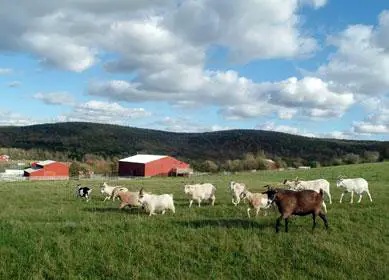
Farm Sanctuary has two locations in Watkins Glen, New York, and Acton, California, where more than 700 rescued farm animals call home. These sanctuaries provide a safe haven for pigs, goats, chickens, cows, turkeys, and other animals typically raised for food production. Visitors can take guided tours to meet the animals face-to-face, learn about their unique stories, and gain insights into the realities of industrial animal agriculture. Farm Sanctuary’s mission extends beyond animal rescue, focusing on education and advocacy for a more compassionate food system.
Both locations offer a range of visitor experiences, from day trips to overnight stays in tiny houses or cabins on the sanctuary grounds. These immersive experiences allow guests to fully appreciate the peaceful environment and connect with the animals on a deeper level. Farm Sanctuary also hosts various events throughout the year, including volunteer workdays, vegan cooking classes, and educational workshops. By providing a platform for people to interact with farm animals in a non-exploitative setting, Farm Sanctuary aims to inspire a more compassionate relationship between humans and animals.
Catskill Animal Sanctuary – Saugerties, New York
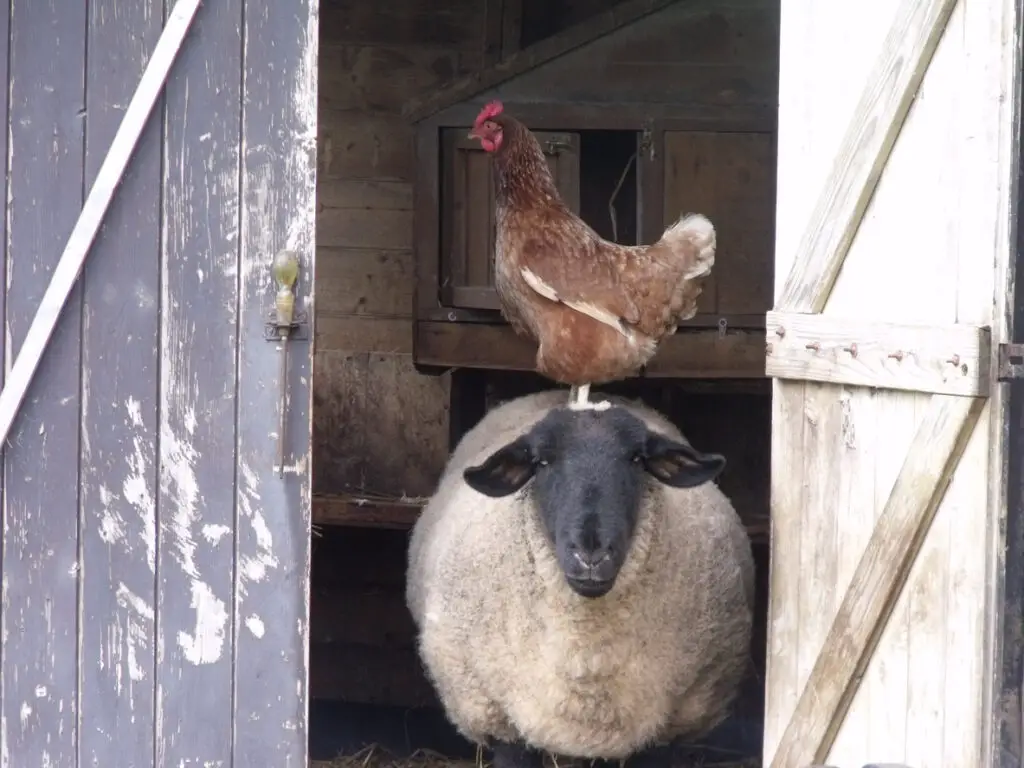
Catskill Animal Sanctuary in Saugerties, New York, is a 150-acre haven for rescued farm animals. Founded in 2001, this sanctuary has saved over 5,000 animals and is currently home to hundreds of rescued horses, cows, pigs, goats, sheep, chickens, turkeys, ducks, and other farm animals. Visitors can take guided tours to meet the animals, hear their rescue stories, and learn about the sanctuary’s mission to advocate for veganism and animal rights. The sanctuary also offers educational programs for children and adults, vegan cooking classes, and special events throughout the year.
One unique feature of Catskill Animal Sanctuary is its on-site guest house, The Homestead, where visitors can stay overnight and experience life on a farm animal sanctuary. This immersive experience allows guests to wake up to the sounds of roosters crowing and spend their mornings watching the animals graze in the pastures. The sanctuary’s commitment to education extends beyond animal welfare, promoting a plant-based lifestyle as a way to benefit animals, human health, and the environment. Through its various programs and hands-on experiences, Catskill Animal Sanctuary aims to inspire compassion for all living beings.
Woodstock Farm Sanctuary – High Falls, New York
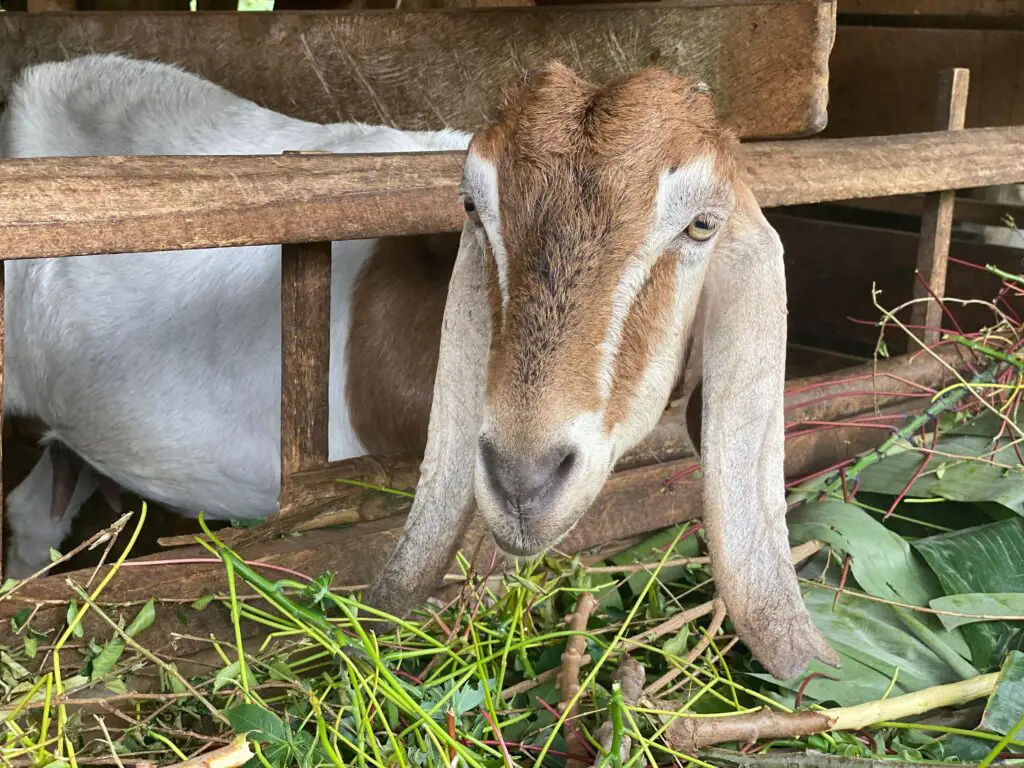
Woodstock Farm Sanctuary in High Falls, New York, provides shelter to over 400 rescued farm animals. Founded in 2004, this sanctuary offers a safe haven for animals rescued from cases of abuse, neglect, and abandonment. Visitors can take guided tours to meet the animals, hear their stories, and learn about the sanctuary’s mission to advocate for animal rights and promote veganism. The sanctuary also offers educational programs, including a summer camp for children and various workshops for adults.
One of Woodstock Farm Sanctuary’s unique features is its focus on accessibility. The sanctuary has made significant efforts to ensure that people with disabilities can fully experience the sanctuary, including wheelchair-accessible pathways and tours designed for visitors with visual or hearing impairments. The sanctuary also hosts special events throughout the year, such as “Thanksliving,” a celebration of turkeys around Thanksgiving time. Through its rescue efforts, educational programs, and advocacy work, Woodstock Farm Sanctuary aims to inspire compassion for farm animals and promote a more ethical relationship between humans and animals.
Gentle Barn – Santa Clarita, California; Christiana, Tennessee; and Dittmer, Missouri
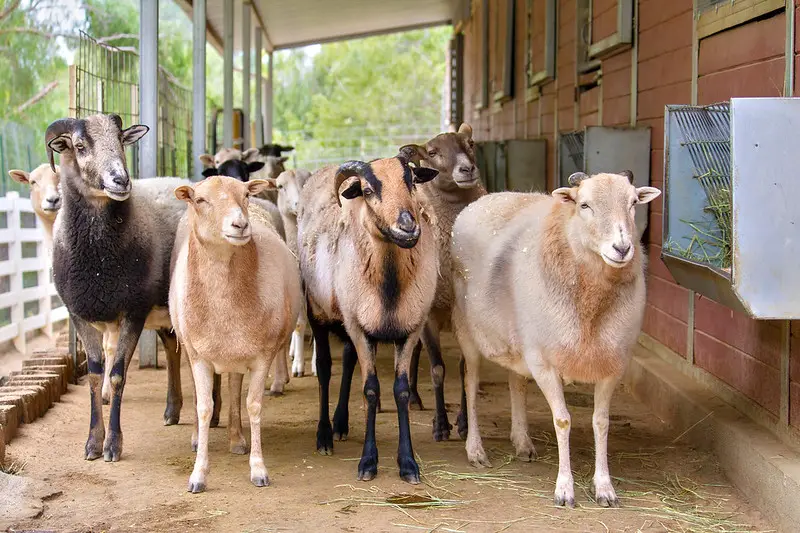
The Gentle Barn has three locations across the United States, offering sanctuary to a variety of rescued farm animals. Founded in 1999, The Gentle Barn provides a safe haven for animals that have been rescued from severe abuse, neglect, or slaughter. Visitors can take guided tours at all three locations, where they can meet and interact with cows, pigs, chickens, turkeys, horses, donkeys, and other rescued animals. The sanctuary is particularly known for its “cow hug therapy” sessions, where visitors can experience the calming presence of these gentle giants.
Beyond animal rescue, The Gentle Barn is committed to healing people through interactions with animals. The sanctuary runs programs for at-risk and special needs children, veterans with PTSD, and survivors of domestic violence. These programs use animal interactions as a form of therapy, helping participants develop empathy, confidence, and healing. The Gentle Barn also offers educational programs about animal welfare, veganism, and environmental sustainability. Through its multi-faceted approach, The Gentle Barn aims to create a more compassionate world for both animals and humans.
Wolf Haven International – Tenino, Washington
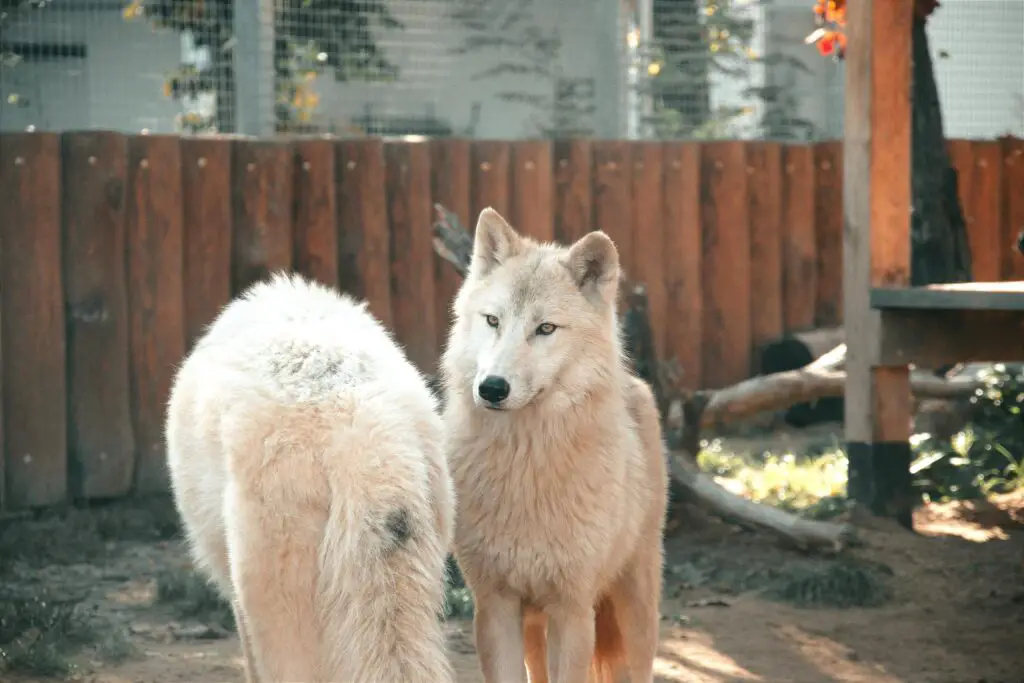
Wolf Haven International in Tenino, Washington, is a sanctuary dedicated to wolf rescue, conservation, and education. Founded in 1982, this 82-acre refuge provides a safe haven for wolves that can no longer live in the wild. Visitors can take guided walking tours to observe these magnificent creatures in naturalistic habitats while learning about wolf behavior, pack dynamics, and conservation efforts. The sanctuary is actively involved in the Species Survival Plan for critically endangered Mexican gray wolves and red wolves, playing a crucial role in their conservation.
Wolf Haven International offers unique experiences like photography tours and “Howl Nights,” where visitors can listen to the haunting chorus of wolf howls under the stars. The sanctuary also provides educational programs for schools and community groups, aiming to dispel myths about wolves and promote coexistence between wolves and humans. Through its rescue efforts, breeding programs, and public education, Wolf Haven International works tirelessly to ensure a future for these often misunderstood predators and to foster a greater understanding and appreciation for wolves in the wild.
Big Cat Rescue – Tampa, Florida
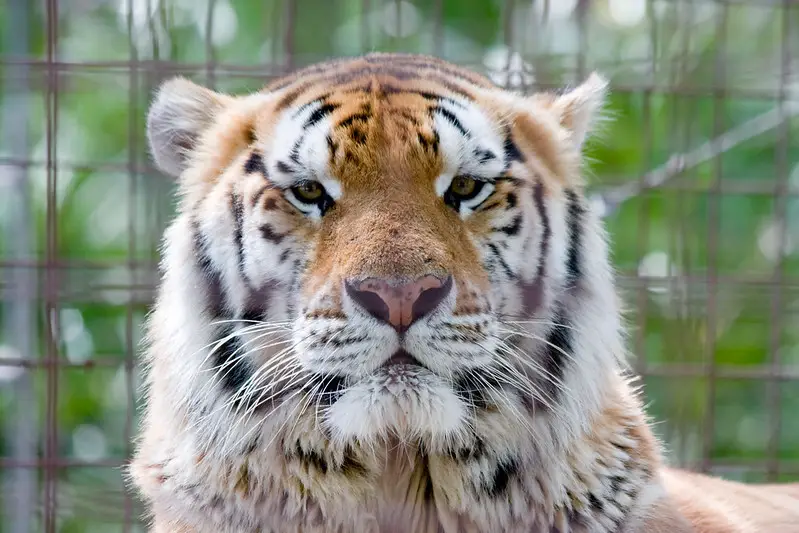
Big Cat Rescue in Tampa, Florida, is one of the largest accredited sanctuaries in the world dedicated to abused and abandoned big cats. Home to lions, tigers, leopards, cougars, bobcats, and other feline species, this 67-acre sanctuary provides lifetime care to over 50 big cats. Visitors can take guided tours to learn about each cat’s rescue story, their natural behaviors, and the issues surrounding the captive wildlife trade. The sanctuary offers various tour options, including feeding tours and night tours, providing unique perspectives on these magnificent animals.
Beyond providing a home for rescued big cats, Big Cat Rescue is heavily involved in advocacy work. The sanctuary actively campaigns for legislation to end the private ownership of big cats and to stop cub petting operations. They also run extensive educational programs, both on-site and through their popular social media channels, to raise awareness about the plight of big cats in captivity and in the wild. Through its combination of rescue work, advocacy, and education, Big Cat Rescue aims to create a world where all big cats live free in their native habitats.
Keepers of the Wild – Valentine, Arizona
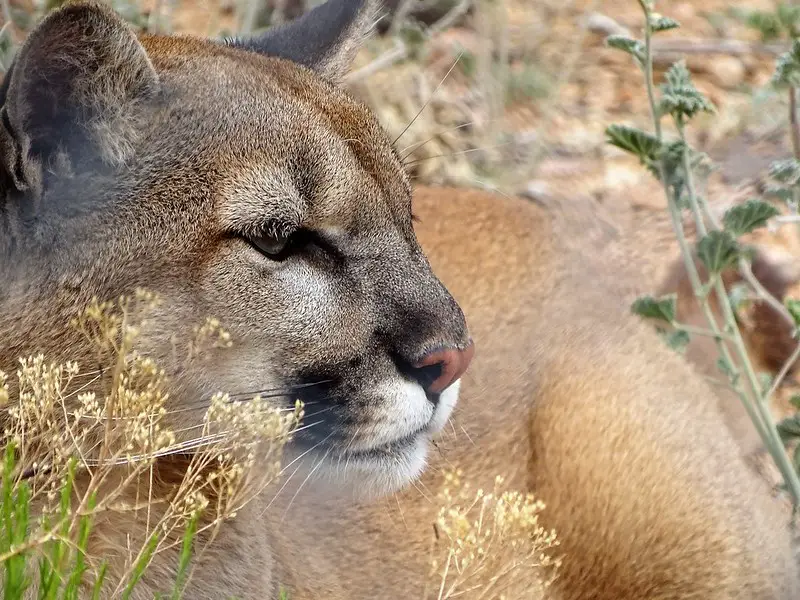
Keepers of the Wild in Valentine, Arizona, is a nature park and wildlife sanctuary that provides a safe haven for rescued exotic and indigenous wildlife. Founded in 1995, this 175-acre sanctuary is home to over 150 animals, including lions, tigers, leopards, bears, wolves, and primates. Visitors can take guided Safari Tours to observe these animals in naturalistic habitats and learn about their individual rescue stories. The sanctuary also offers special behind-the-scenes tours where visitors can learn about the daily care of exotic animals and even assist in preparing their meals.
Keepers of the Wild is committed to public education about the exotic animal trade and the importance of wildlife conservation. The sanctuary hosts educational programs for schools and community groups, aiming to foster a greater understanding of wild animals and the issues they face in captivity and in the wild. They also offer a unique “Dinner with the Beasts” event, where visitors can enjoy a gourmet meal while watching the big cats enjoy theirs. Through its rescue efforts, educational programs, and advocacy work, Keepers of the Wild strives to provide a voice for exotic animals and to promote their protection and conservation.


